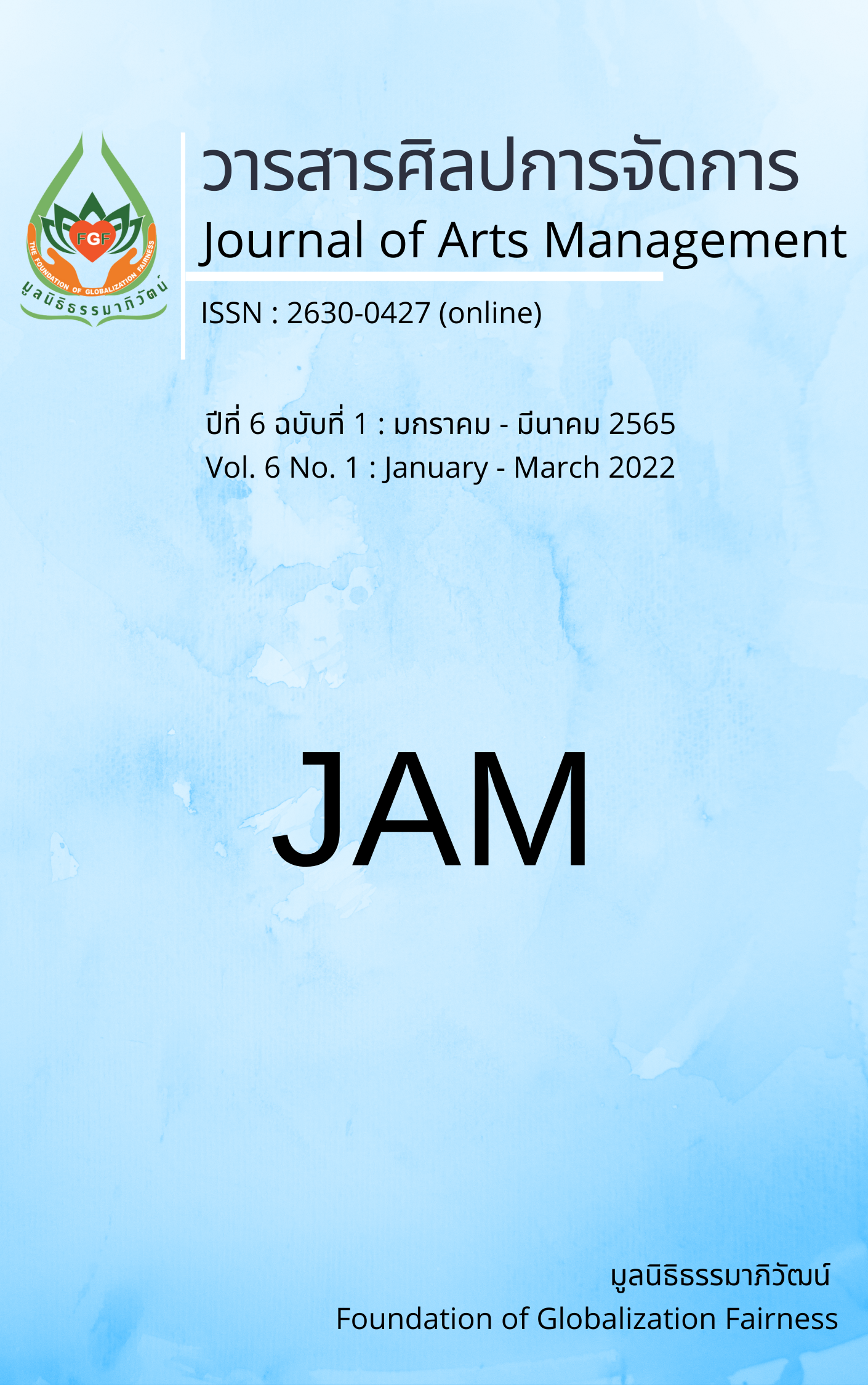The Development of 55 Thailand Sub-Provinces Database for Smart Buddhist Tourism
Main Article Content
Abstract
This research paper has 3 objectives as follows: 1) to survey and design a database for 55 Thailand sub-provinces in order to promote smart Buddhist tourism; 2) to collect all sorts of field data from 55 Thailand sub-provinces for smart Buddhist tourism; and 3) to develop 55 Thailand sub-provinces database for promoting smart Buddhist tourism. The research methodology was a type of mixed method, integrating documentary research, qualitative research, and action research. The key informants were 79 abbots or custodians of the target tourist and meditation temples, as well as 9 Thai Buddhist Tourism specialists. The research tools were in-depth interview, focus group discussion, observation, and data analysis. The content analysis method was used to analyze the documentary data, and descriptive analysis was used to analyze the field data.
The results revealed that all these tourist places were compatible with the 5 components of tourism, such as accessibility, attraction, amenities, activities, and ancillary services. Tourists will gain values from 5 tourist routes according to similar outstanding characteristics in 2 aspects, which are concrete values or education and recreation aspects and abstract values, or Buddhist teachings and meditation aspects. The database for smart Buddhist tourism from this research will benefit both the government and private tourist sectors in economic, social, environmental, and local income interests. The body of knowledge from this research will be guidelines for standardizing other temples to be smart Buddhist tourist places in the future.
Article Details

This work is licensed under a Creative Commons Attribution-NonCommercial-NoDerivatives 4.0 International License.
Views and opinions appearing in articles in the Journal of Arts of Management It is the responsibility of the author of the article. and does not constitute the view and responsibility of the editorial team I agree that the article is copyright of the Arts and Management Journal.
References
Aphakaro, P.S. (2012). The model and process of Buddhism-based tourism development in Thailand. Thailand Research Fund.
Chokkatiwat, S. (2021). The strategy of Buddhist tourism model in Asean. Journal of Graduate Studies Review, 17(1), 85-99.
Dickman, S. (1996). Tourism: An introductory text (2nd ed.). Hodder Education.
Goeldner, C., & Ritchie, J.R.B. (2006). Tourism: principles, practices, philosophies (10th ed.). Hoboken: Wiley.
Jullasikkee, M. (2019). The approaches to manage Buddhist tourism: Temples in the Thonburi Area. Journal of Management Science Review, 21(2), 201-210.
Ministry of Tourism and Sports. (2016). Project on the direction of development of Thailand in a period of 10 years. Affinity.
National Tourism Policy Board, Ministry of Tourism and Sports. (2017). National tourism development plan no. 2 (2017-2021). Bureau of Publishing Affairs of the War Veterans Organization.
Office of the Permanent Secretary, Ministry of Tourism and Sports. (2016). Tourism economic report, Quarter 2. Excellent Business Management.
Pike, S. (2008). Destination Marketing: An integrated marketing communication approach.
Butterworth-Heinmann, Raksachom, M. K., Takudrua, N., & Pinyosinwat, P. (2017). The model and process of making public consciousness for sustainable Buddhist tourism management. Academic Journal of Buriram Rajabhat University, 9(2), 83-97.
Rooymai, N. (2021). Development of presentation tourist information to promote quality tourism of Pattaya City. International Journal of Multidisciplinary in Management and Tourism, 5(2), 56–65.
Thailand Institute of Scientific and Technological Research. (1999). Final report on the implementation of ecotourism policy making. Thailand Institute of Scientific and Technological Research.
Yavorska, V. V., Hevko, I. V., Sych, V. A, Potapchuk, O.I., & Kolomiyets, K. V. (2019). Features of application of information technologies in modern tourism. Journal of Geology Geography and Geoecology, 28(3), 591–599. https://doi.org/10.15421/111956


